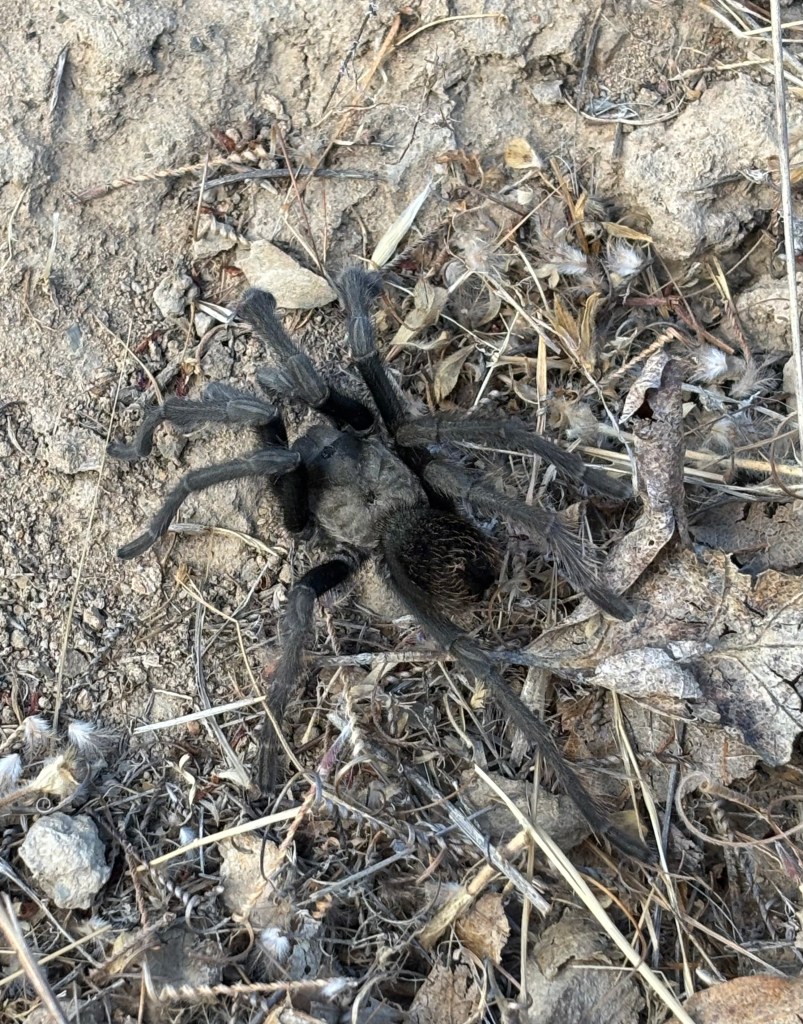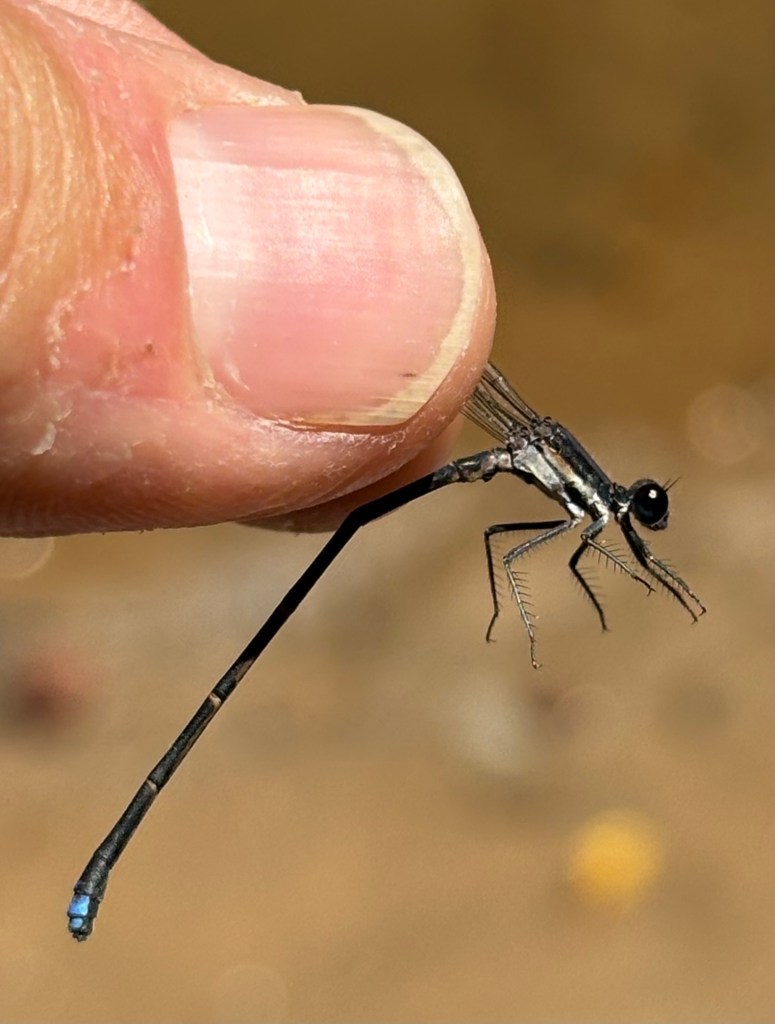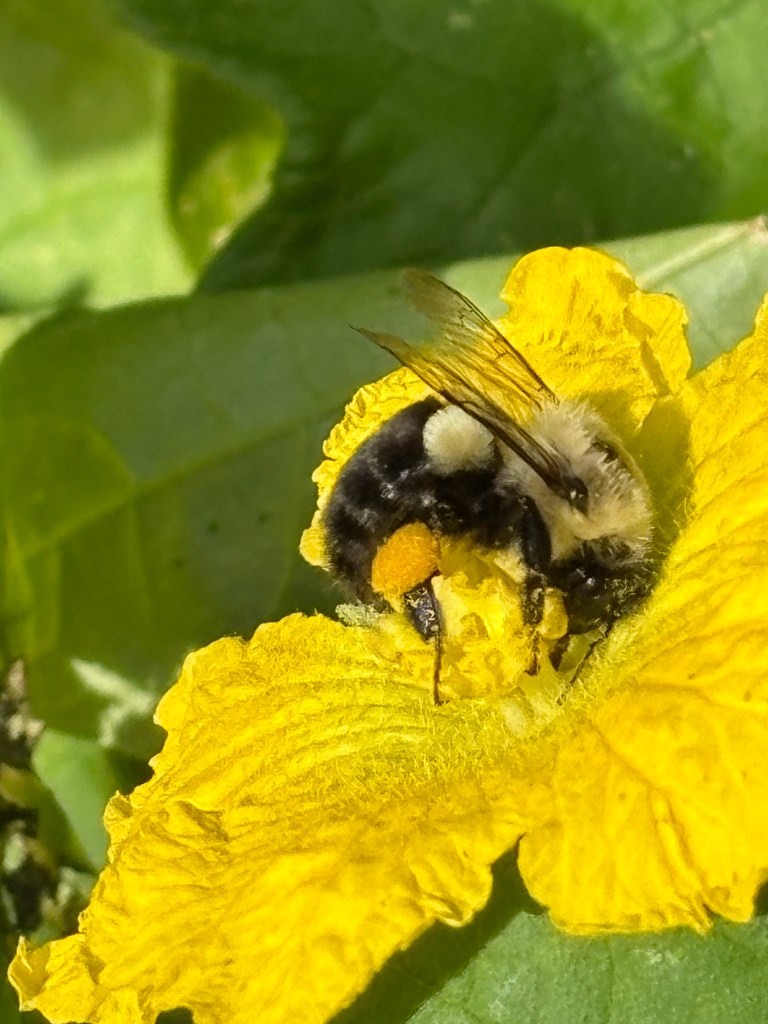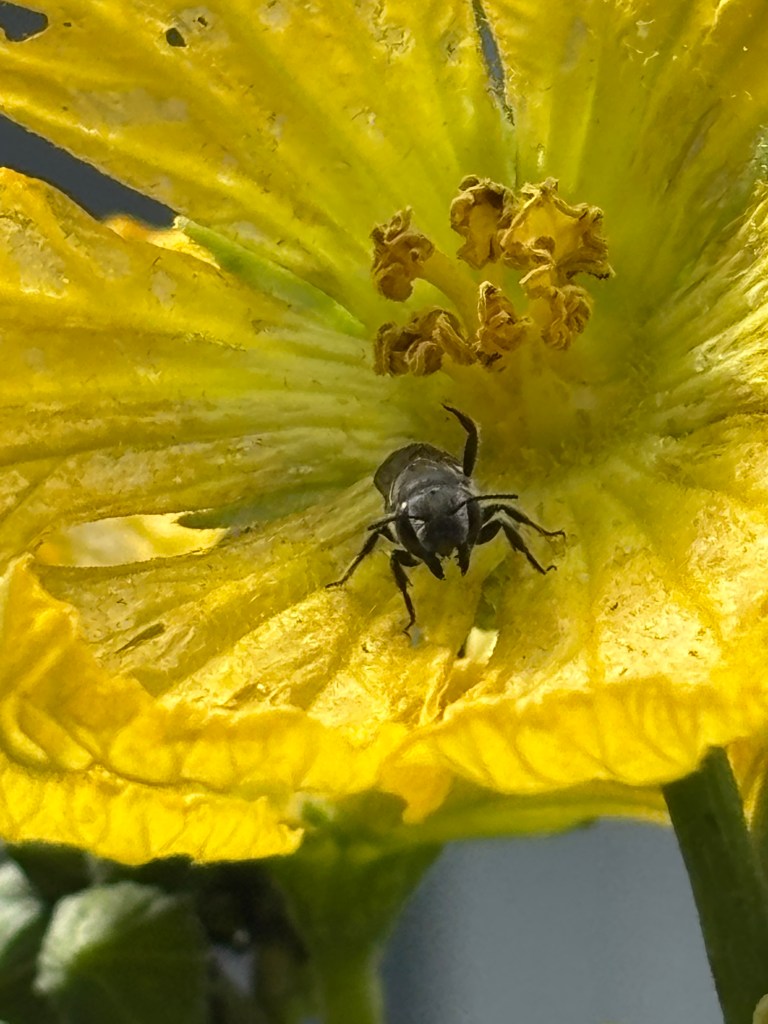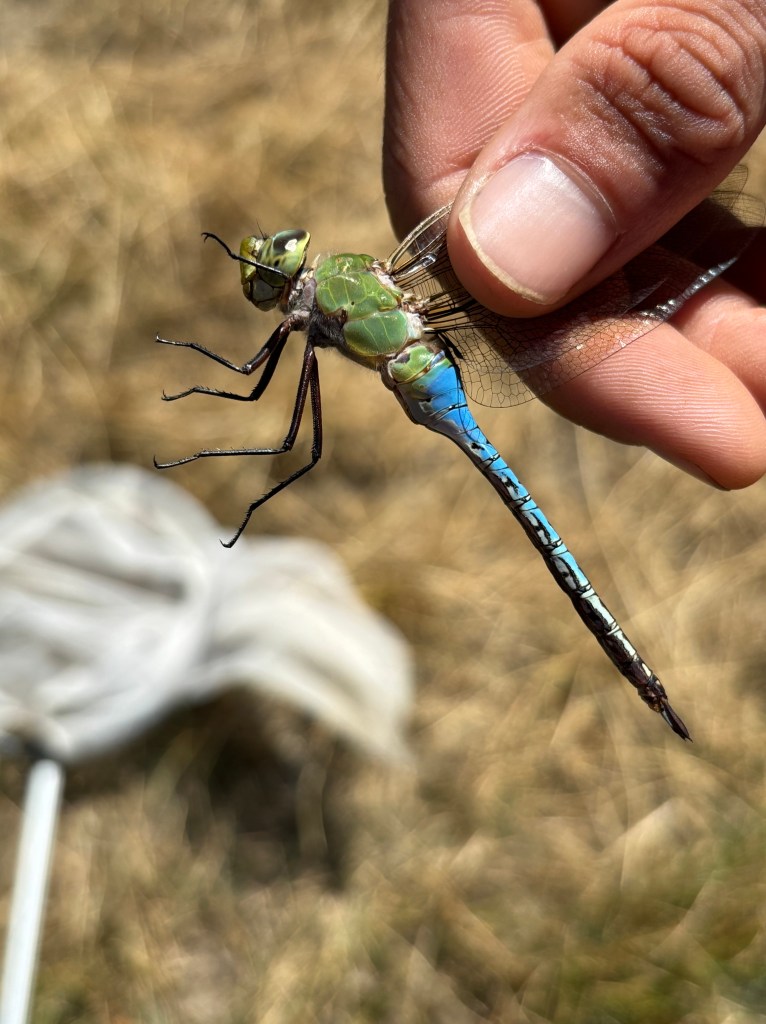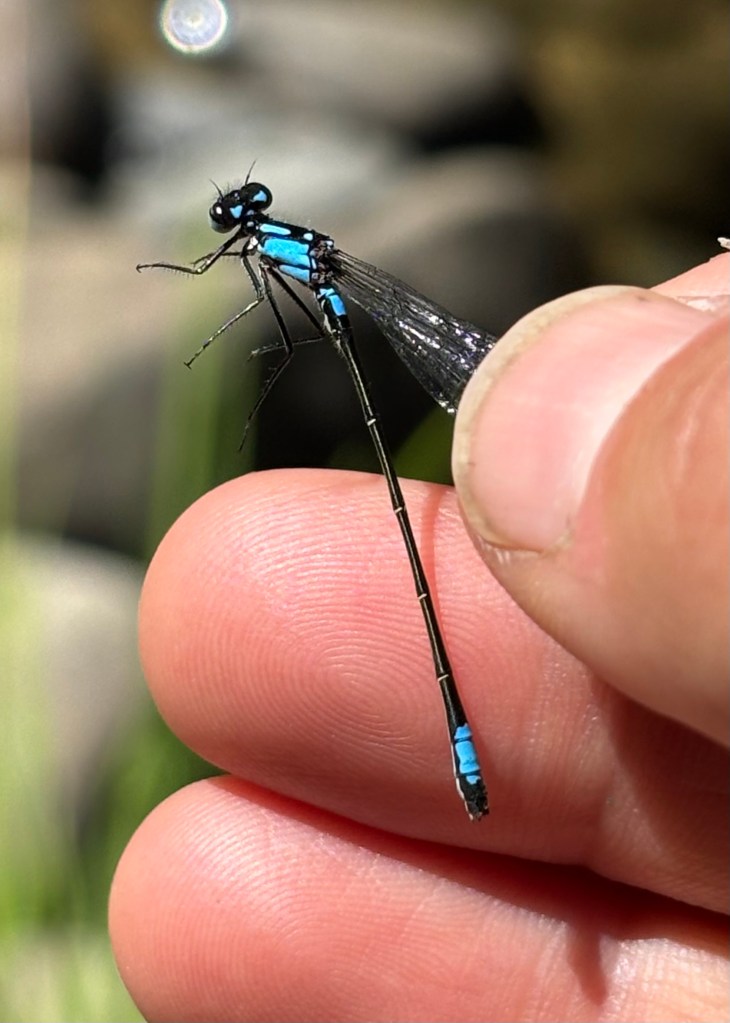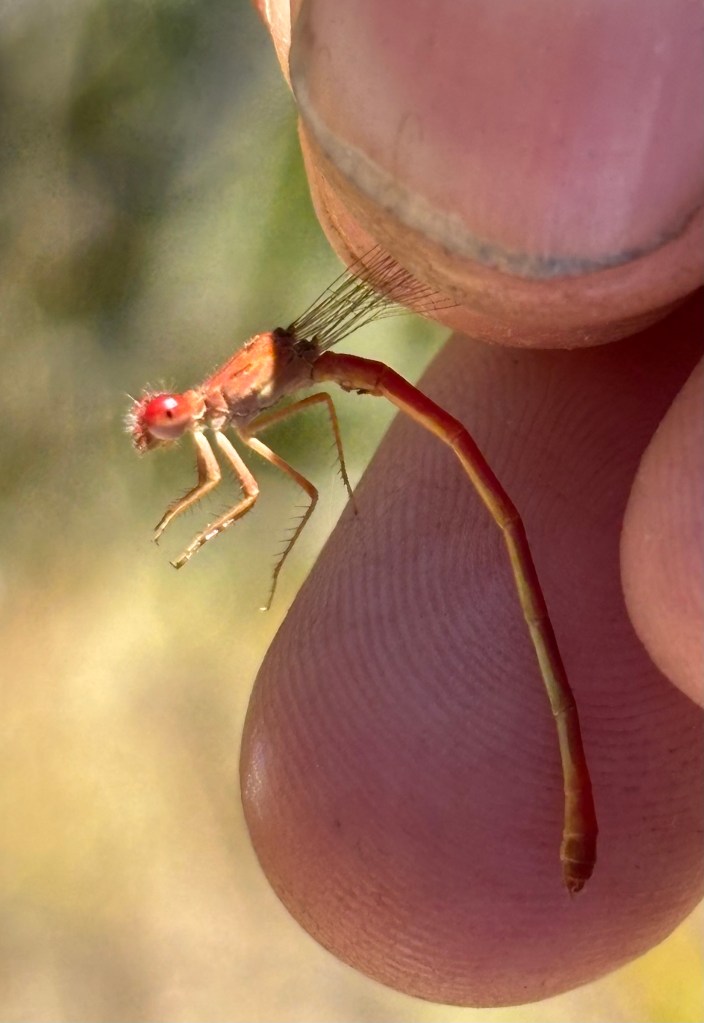This weekend, Jenny and I drove six hours to Cape Hatteras, picking up my buddy, Abe on the way. Abe and I then woke up at 4:30 in the morning on both Friday and Saturday to hop on a boat. The good ship Stormy Petrel II took us 25 miles off the coast though choppy seas to the continental shelf break and the Gulf Stream. All this so we could stare at some medium-sized gray and white birds.
Far offshore pelagic birding trips such as this one definitely aren’t for everyone (Jenny declined the invite). They’re not even for every birder. Across 2 days and 20 hours of birding at sea, I only saw 18 species, some of which were confusingly similar to each other! But several of these species are challenging or impossible to see from land except near their remote breeding colonies. Pelagic trips are a chance to witness seabirds in their element, whipping through the wind and deftly plucking food from the ocean surface. The number of birds can also be impressive. This weekend saw well over 1000 Great Shearwaters and around 150 Wilson’s Storm-Petrels. And these numbers are on the low side–the Gulf Stream isn’t a particularly productive place. In offshore upwelling systems like the Monterey Bay in California (the location of my first pelagics), seabird numbers can easily hit tens of thousands on a single trip.
I’ll give a short natural history of four highlight birds:
1. Sooty Tern (Onychoprion fuscatus). This was one of 11(!) species of tern we saw this weekend, and maybe the most impressive. It’s a large and relatively powerful species with an all-black back, white crown and belly and a long black bill. The waters off North Carolina are the farthest north this species occurs globally. Generally they are pantropically distributed, nesting in enormous densely packed colonies on sandy spits in all three oceans. Jenny and I actually saw some on Rottnest Island in Western Australia a couple years ago. When not breeding, this tern rarely lands, even on the water, feeding by plucking things like flying fish from at or near the surface. We got to watch feeding flocks doing this calling and circling around large groups of shearwaters. One flock was being harassed by a Parasitic Jaeger—a big arctic-breeding gull relative. A month ago, the jaeger was in the land of the midnight sun while the terns were on a tropical beach. And we saw them interact in North Carolina.
2. Band-rumped Storm-petrel (Hydrobates castro). Storm-petrels are small members of the Tubenose bird order (Procellariiformes). Tubenoses, which also include albatrosses, shearwaters, and petrels are probably the most pelagic of all birds, many spending most their lives out of sight of land. Storm-petrels actually comprise two of the four families within the order, the Southern Storm-petrels (Oceanitidae), and the Northern Storm-petrels (Hydrobatidae). Southern Storm-petrels have longer legs and shorter wings than their Northern brethren, and tend to forage by slowly fluttering while dangling their feet in the water. Wilson’s Storm Petrels demonstrated this technique throughout much of the trip as they came in to investigate our smelly boat (we were purposely “chumming” by dripping fish oil and other goodies). This species is adorable, but not the star of the show, due to its commonness. By some estimates, it’s literally the most common bird in the world! More exciting to us nerdy birders were the couple of times a subtly different storm-petrel flew by. Like the Wilson’s, it was mostly black with a white rump and a lighter bar across the top of the wing. Unlike the Wilson’s, its legs didn’t stick out past its tail, and, more noticeably, it had a direct flight style with deep wing beats. We watched in delight as one of these Band-rumped Storm-petrels flew circles around the fluttery Wilson’s. Band-rumpeds also have a wide range, but they are no-where common. They breed on remote volcanic islands mostly in the northern hemisphere (being part of the Northern Storm Petrel family), sometimes at very high elevations. They only visit their nests at night, finding them by smell. The birds we saw likely came from islands in the North Atlantic, like the Azores or the Canaries. I loved seeing the contrast between their graceful flight and their awkward squared-off little head!
3. Sargasso Shearwater (Puffinus lherminieri) was bigger than the mocking-bird sized storm-petrels, but not by much! With a 27 inch wingspan and a 7 ounce weight, it’s the smallest shearwater that regularly makes it into North American waters. It’s the only shearwater that breeds in the Caribbean. It’s named after the Sargasso Sea where the bulk of the population spends its time. The Sargasso Sea is a region of the western Atlantic and the only named sea that’s not bounded by land on any side. Instead, four currents, including the gulf stream to the west, flow around it in a clockwise direction forming an enormous gyre. By boating out to the shelf edge, we made into this sea. Here the water is much warmer and noticeably bluer. It also is filled floating mats of Sargassum seaweed. This brown algae is completely pelagic, reproducing vegetatively and floating with the currents. Sargassum forms important habitat for many species fish, shrimp, worms, and other creatures. These, in turn, provide food for the Sargasso Shearwater. Anytime we saw this cute black-and-white bird sitting on the water, a mat of Sargassum was inevitably nearby. If we approached too near, the birds would hurriedly flap their skinny wings in a take-off attempt. However, it seemed like a big effort to get airborne, their belly often scraping on the crests of the waves. Presumably they were weighted down after eating the bounty provided by the Sargassum. Either that, or take-offs just aren’t their forte!
4. Black-Capped Petrel (Pterodroma hasitata) is the true star of a Hatteras pelagic trip. Their genus name, Pterodroma, means “wing runner” in reference to the spectacular arcing and racing flight the 35 members of the genus exhibit. Especially on Saturday, the windier trip, it was truly amazing to watch these acrobats zip by. This species breeds high in the mountains of Hispaniola and, like the Sargasso Shearwater, is a true denizen of the Sargasso Sea. Its namesake black cap is nicely set off by a white collar, belly, and rump, making for a pretty snazzy appearance. We ended up seeing dozens of these birds across the two trips. While those numbers are not unusual for this port—these boat trips rarely miss them—they are definitely not something to take for granted. The Black-Capped Petrel is an endangered species, with no more than a few thousand in the world. They under threat from breeding habitat loss and invasive species such as rats and pigs that eat their eggs, and have lost more than 50% of their population in the past 50 years. To save them, scientists climb the rugged mountain terrain to find and preserve their colonies. Finding them involves listening for their spooky “aawwww” calls (their name on Hispaniola is “diablotín” or “little devil”), or sniffing around for their funky sent (apparently they smell like old books!).
For me, seeing these amazing pelagic birds is well worth the time, money, and threat of sea-sickness that these trips cost. Maybe next year I’ll try one from a different port (Cape May, New Jersey and Cape Cod, Massachusetts have trips), so I can see some different species. Alternatively, I could go back to Hatteras at a different time of year. Regardless, part of the fun is any of these trips can view a species that’s rarely seen in the United States—you really never know what the ocean may deliver!
